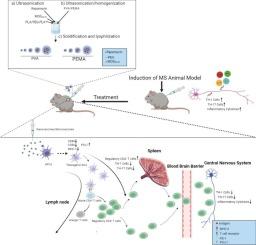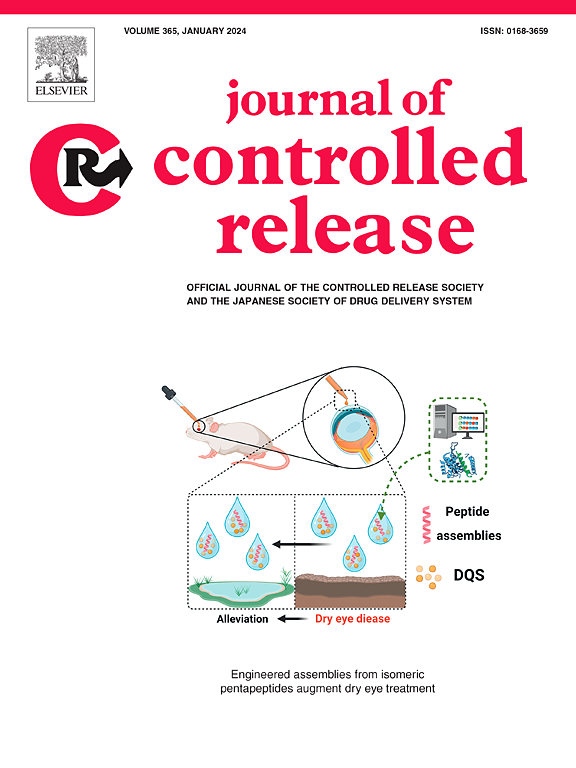Precisely co-delivering antigens and immunosuppressants via nano/microcarriers to antigen-presenting cells (APCs) to induce antigen-specific immune tolerance represents a highly promising strategy for treating or preventing autoimmune diseases. The physicochemical properties of nano/microcarriers play a pivotal role in regulating immune function, with particle size and surface charge emerging as crucial parameters. In particular, very few studies have investigated micron-scale carriers of antigens. Herein, various nanoparticles and microparticles (NPs/MPs) with diverse particle sizes (ranging from 200 nm to 5 μm) and surface charges were prepared. Antigen peptides (MOG35–55) and immunosuppressants were encapsulated in these particles to induce antigen-specific immune tolerance. Two emulsifiers, PVA and PEMA, were employed to confer different surface charges to the NPs/MPs. The in vitro and in vivo studies demonstrated that NP/MP-PEMA could induce immune tolerance earlier than NP/MP-PVA and that NP/MP-PVA could induce immune tolerance more slowly and sustainably, indicating that highly negatively charged particles can induce immune tolerance more rapidly. Among the different sizes and charged particles tested, 200-nm-NP-PVA and 3-μm-MP-PEMA induced the greatest immune tolerance. In addition, the combination of NPs with MPs can further improve the induction of immune tolerance. In particular, combining 200 nm-NP-PVA with 3 μm-MP-PEMA or combining 500 nm-NP-PEMA with 3 μm-MP-PVA had optimal therapeutic efficacy. This study offers a new perspective for treating diseases by combining NPs with MPs and applying different emulsifiers to prepare NPs and MPs.

| 公司名称 | 产品信息 | 采购帮参考价格 | |
|---|---|---|---|
| 索莱宝 | Coumarin 6 | ¥36.00~¥95226.00 | |
| 上海源叶 | Chloral hydrate | ¥20.00~¥43175.24 | |
| 麦克林 | Rapamycin | ¥41.90~¥37500.00 | |
| 索莱宝 | LysoTracker? Red | ||
| 索莱宝 | Red Blood Cell Lysis Buffer | ||
| 索莱宝 | An anti-fluorescence quencher | ||
| 索莱宝 | 4% paraformaldehyde |
4%
|
|
| 索莱宝 | 10xHBSS |
|
|
| 索莱宝 | Hoechst |
|
|
| 阿拉丁 | D-Trehalose anhydrous material |
|


